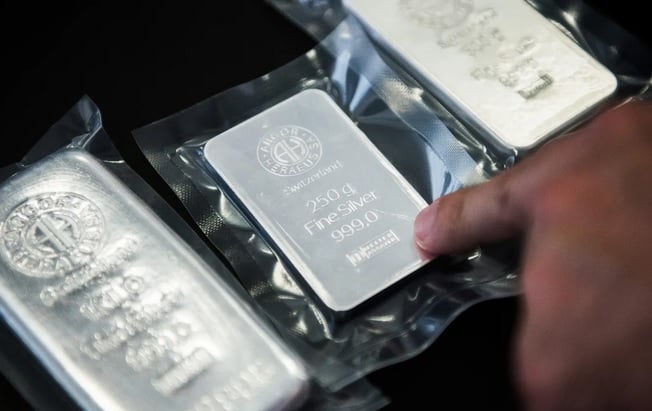
The financial economic consulting site Trading Economics said on October 17 that the price of silver remained at a historical peak of over 54 USD/ounce on the same day thanks to tight global supply and strong safe-haven demand.
Markets were rocked after two regional US banks, Zions Bancorp and Western Alliance, announced lending problems related to fraud allegations, raising concerns about widespread risks in the credit market, according to Trading Economics.
Escalating US-China trade tensions, a prolonged US government shutdown and growing expectations of additional interest rate cuts from the Federal Reserve (Fed) also bolstered demand for precious metals.
Geopolitical risks and concerns about soaring government spending and ballooning public debt have further fueled safe-haven flows.
Silver also gained ground on a historic squeeze in London, where a lack of liquidity sparked a global hunt for silver.
Demand from India has further exacerbated the supply shortage, forcing some mutual funds to suspend inflows into silver exchange-traded funds (ETFs).
Historically, silver and gold prices have moved in tandem. However, silver has outperformed this year. Year-to-date, gold is up about 60% while silver is up 80%, making it the second-highest gainer among precious metals (after platinum, which is up about 84%).
The rapid rise in silver prices triggered a “short squeeze” as traders betting on falling silver were forced to buy at higher prices or pay expensive fees to rent silver, pushing prices higher. This scramble fueled the rally and pushed up the cost of borrowing physical silver, the Indian newspaper The Economic Times reported.
Analysts at Goldman Sachs warn that, while strong, silver’s rally is highly volatile and has greater downside risk than gold, which, unlike gold, lacks central bank backing.
Meanwhile, gold is held in large quantities by central banks, creating a stable base of demand. Silver lacks this institutional backing and is more influenced by industrial demand, such as solar cell production.
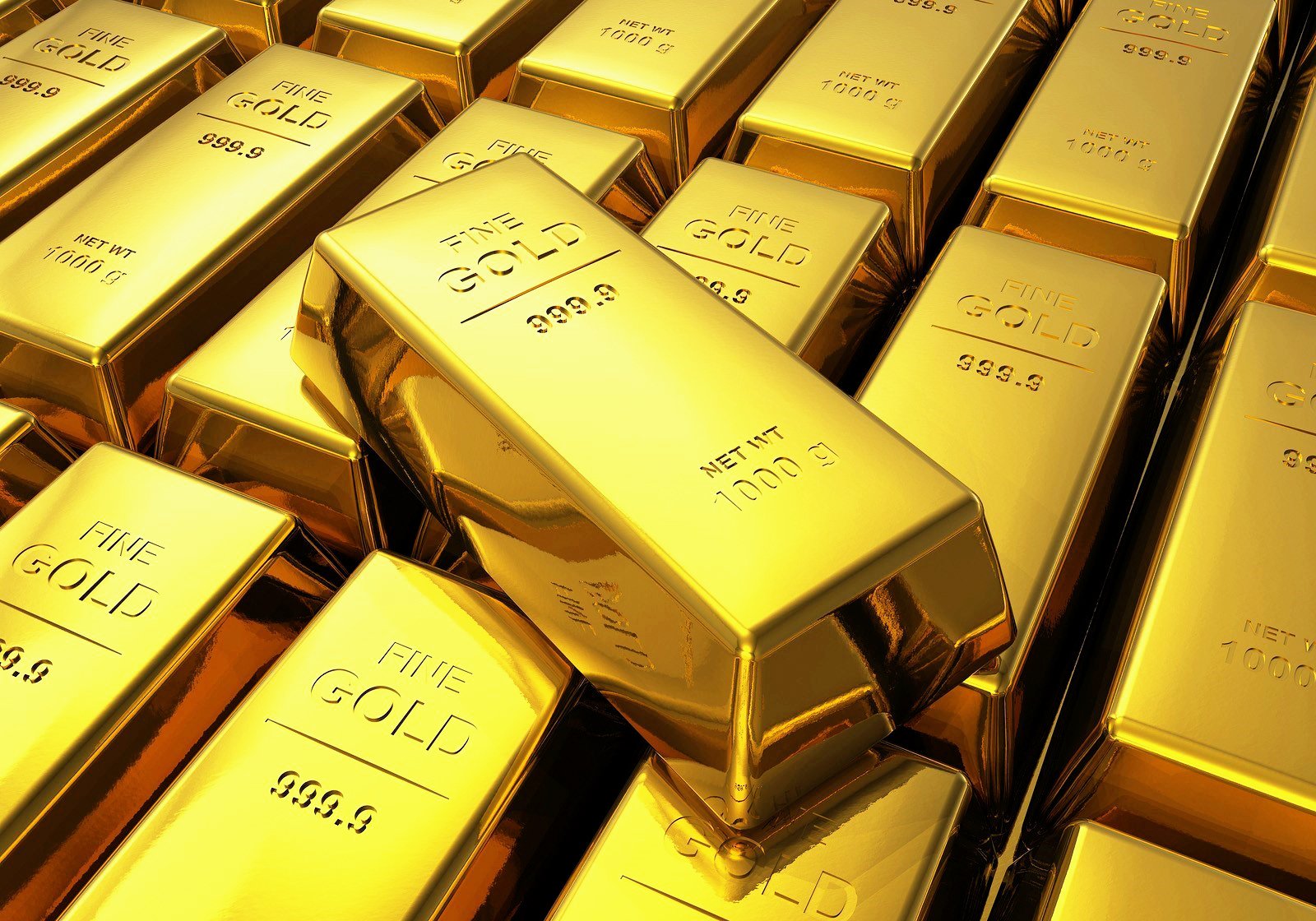
Gold is about 10 times scarcer and 80 times more valuable per ounce than silver, making it more practical for reserve purposes. Banks focus on value rather than volume when managing reserves, hence the preference for gold.
The gold market is also about nine times larger than the silver market. Its smaller size means silver prices react much more strongly to investment flows and inventory changes.
Banks remain optimistic in the medium term, with Bank of America predicting silver could hit $65 an ounce by 2026, while Goldman Sachs believes prices will continue to rise if the Federal Reserve’s rate cuts attract more investors to the precious metal.
Investors are closely watching silver. Short-term volatility is inevitable, but long-term demand from both safe-haven and industrial users will continue to support prices.
Silver acts like a “speeded-up” version of gold. When economic risks increase, silver often outperforms as investors seek safety.
However, with the lack of central bank support, silver could also see a sharp correction if market sentiment changes. Even a small outflow of investment could cause prices to fall rapidly and ease the current supply shortage in London.
Source: https://baotintuc.vn/thi-truong-tien-te/canh-bao-lon-sau-khi-bac-vuot-vang-trong-cuoc-dua-tang-gia-nam-2025-20251017145342853.htm




![[Photo] Immerse yourself in the colorful musical world of “Secret Garden Live in Vietnam”](https://vphoto.vietnam.vn/thumb/1200x675/vietnam/resource/IMAGE/2025/10/18/1760805978427_ndo_br_thiet-ke-chua-co-ten-41-png.webp)
![[Photo] Collecting waste, sowing green seeds](https://vphoto.vietnam.vn/thumb/1200x675/vietnam/resource/IMAGE/2025/10/18/1760786475497_ndo_br_1-jpg.webp)
![[Photo] Closing ceremony of the 18th Congress of Hanoi Party Committee](https://vphoto.vietnam.vn/thumb/1200x675/vietnam/resource/IMAGE/2025/10/17/1760704850107_ndo_br_1-jpg.webp)
![[Photo] General Secretary To Lam attends the 95th Anniversary of the Party Central Office's Traditional Day](https://vphoto.vietnam.vn/thumb/1200x675/vietnam/resource/IMAGE/2025/10/18/1760784671836_a1-bnd-4476-1940-jpg.webp)
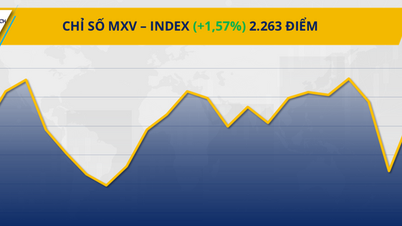








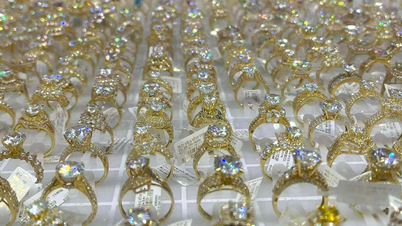
























































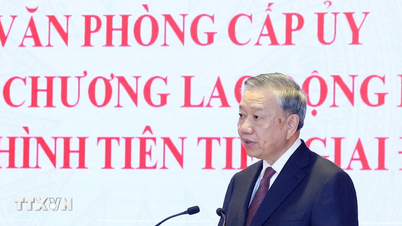






























Comment (0)